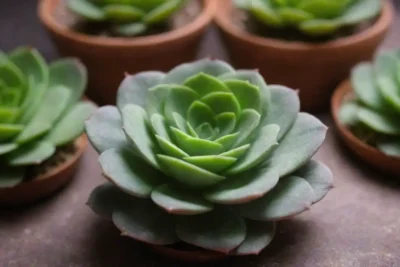
Unveiling the Secrets of Succulent Herbals in Traditional Medicine
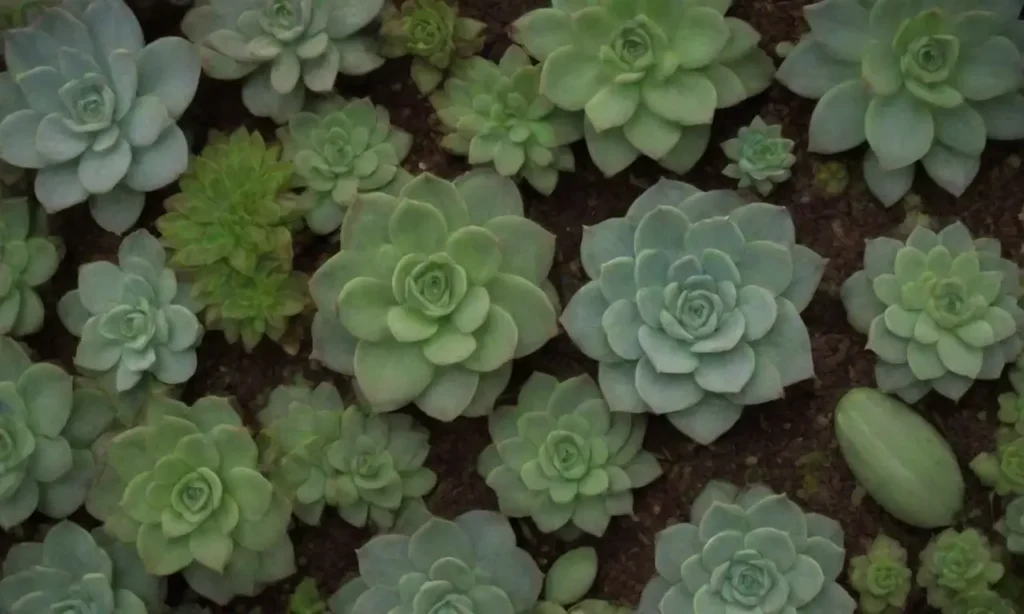
Introduction
Throughout the ages, traditional medicine has played a pivotal role in cultures around the globe, weaving intricate tapestries of healing practices that blend nature, knowledge, and spirituality. One of the most fascinating aspects of these healing traditions is the use of succulent herbals—plants known for their fleshy tissues that retain moisture. These succulent plants have not only been admired for their resilience and beauty but have also garnered the attention of healers and practitioners for their medicinal properties. Their effectiveness ranges from treating minor ailments to more chronic conditions, underscoring their significance in various medical systems.
This article aims to delve into the world of succulent herbals used in traditional medicine. We will explore their historical background, the types of succulent herbs, the active compounds they contain, and how various cultures have incorporated them into their healing practices. Additionally, we will examine the modern scientific research that supports the benefits attributed to these remarkable plants and the potential implications for health and wellness.
Historical Background of Succulent Herbals
The use of succulent herbals in medicine can be traced back to ancient civilizations, where natural remedies were imperative for survival. The Egyptians, for example, used aloe vera, a succulent plant, in their healing practices and beauty regimens. They recognized its topical healing properties and included it in their cosmetic preparations, believing it could bring forth eternal beauty. Similarly, in traditional Chinese medicine, many succulent plants, such as Hibiscus sabdariffa, have been utilized for centuries, admired for their ability to balance the body's Yin and Yang energies.
As we delve deeper into the rich history of succulent herbals, it becomes evident that these plants have transcended geographical boundaries. Indigenous peoples around the world, from Native Americans to Aboriginal Australians, have long recognized the benefits of succulent herbals. They have utilized these plants not just for ailments but also for spiritual and ceremonial purposes, highlighting the intricate connection between plants and cultural identity.
The wisdom inherited from these ancient practices has survived the ages and continues to influence contemporary herbalism. In recent years, there has been a renewed interest in exploring the medicinal properties of succulents, validating the knowledge gained through centuries of traditional healing.
Types of Succulent Herbs
Succulent herbs encompass a wide variety of plants, each with unique characteristics and medicinal properties. Some of the most notable succulent herbals include aloe vera, agave, sedum, snake plant (Sansevieria), and jade plant (Crassula ovata). Each of these plants serves distinct purposes in traditional medicine due to their specific biochemical compounds.
Aloe Vera
Aloe vera is arguably the most famous succulent herb, recognized globally for its healing properties. The leaves of this plant are laden with a gel-like substance containing polysaccharides, vitamins, and enzymes. Traditionally, aloe has been used topically to treat burns, wounds, and skin irritations. Its anti-inflammatory properties help soothe the skin and promote healing, making it a staple in many households and skincare products.
 Cactus Flower Tea: Benefits, Uses, and Recipes to Try
Cactus Flower Tea: Benefits, Uses, and Recipes to TryFurthermore, aloe vera isn't limited to topical applications; it can also be consumed. Aloe vera juice is known for its digestive benefits, including aiding in weight management and detoxifying the body. Many traditional systems, particularly in herbal medicine, endorse its use to alleviate symptoms of constipation and improve overall gut health.
Agave
Another significant succulent herb is agave, particularly well-known in Mexican traditional medicine. The sap extracted from the agave plant can be fermented to produce tequila, but it also boasts numerous health benefits. Rich in inulin, a soluble fiber, agave supports digestive health and helps maintain stable blood sugar levels. Moreover, agave’s anti-inflammatory properties are believed to alleviate symptoms of arthritis and muscle pain.
Historically, agave has been used in various forms, from poultices to syrups, to foster healing. It is commonly employed in folk remedies for respiratory issues and inflammation, showcasing its diverse applications. The versatility of agave as a healing plant exemplifies how traditional wisdom can manifest in many ways.
Sedum and Other Succulents
Sedum, a lesser-known succulent, also has a prominent role in herbal medicine. This plant is often used to expedite recovery from respiratory ailments and improve skin conditions. With its derived compounds acting as expectorants, sedum is commonly applied in teas and tinctures to treat coughs and colds.
In addition, other succulent plants such as snake plant (Sansevieria) and jade plant (Crassula ovata) are celebrated for their air-purifying capabilities and soothing qualities. Sansevieria, in particular, is reputed to enhance indoor air quality, and its leaves are sometimes employed in traditional remedies to improve respiratory health.
Active Compounds in Succulent Herbals
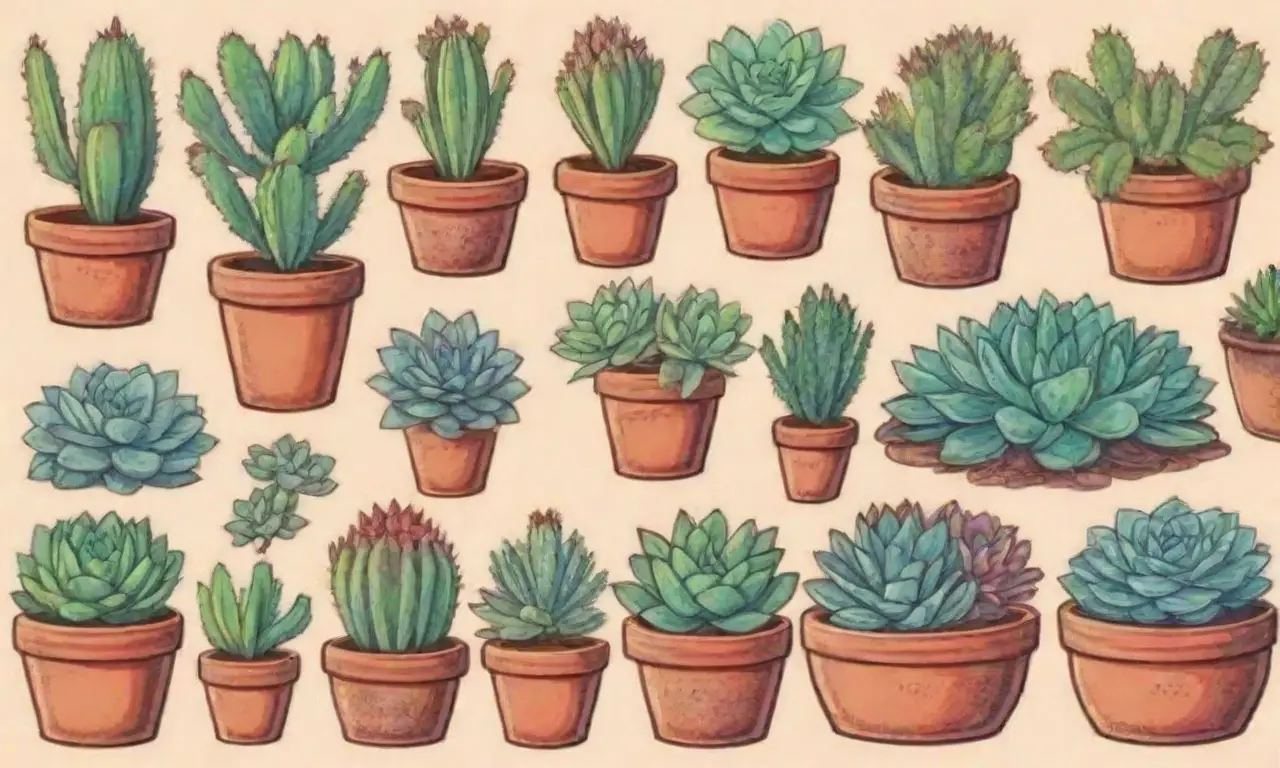
The medicinal efficacy of succulent herbals can be attributed to their rich composition of bioactive compounds. These compounds include flavonoids, alkaloids, glycosides, and various vitamins and minerals, all contributing to the therapeutic potential of these plants.
 The Science of Succulent Oils: Healing Properties Revealed
The Science of Succulent Oils: Healing Properties RevealedFlavonoids and Their Benefits
Flavonoids are a group of phytonutrients with potent antioxidant and anti-inflammatory effects. In succulent herbs, flavonoids work synergistically to combat free radicals in the body, promoting cellular health and reducing oxidative stress. This characteristic is particularly beneficial for heart health and may play a role in preventing chronic diseases.
The presence of flavonoids in succulent herbs also enhances their antimicrobial properties, making them valuable in traditional medicine for treating infections. This discovery aligns with growing research advocating for the inclusion of flavonoid-rich plants in daily diets for immune support.
Alkaloids and Healing Properties
Alkaloids are nitrogen-containing compounds found in numerous succulent herbs. These bioactive molecules are known for their diverse pharmacological effects, including pain relief, anti-inflammatory properties, and even potential anticancer effects. For instance, certain alkaloids found in agave have been linked to cellular regeneration, which explains its historical use in wound healing rituals.
Moreover, alkaloids in succulent herbs can influence neurotransmitter functions, contributing to mood stabilization and stress relief, thereby providing a holistic approach to emotional well-being.
Glycosides and Nutritional Value
Glycosides, another class of compounds found abundantly in succulent plants, contribute significantly to their medicinal and nutritional benefits. These compounds are often associated with cardiovascular health, as they can help regulate blood pressure and improve circulation. For example, glycosides in aloe vera and agave have been recognized for their cholesterol-lowering effects.
Additionally, the vitamins and minerals present in succulent herbals provide essential nutrients that enhance overall health. The vitamins, such as vitamins A, C, and E, present in these plants, contribute to immunity, skin health, and antioxidant defense, thereby providing a comprehensive approach to health and wellness.
Modern Research on the Therapeutic Uses of Succulent Herbals
The resurgence of interest in traditional herbal medicine has triggered numerous scientific studies to validate and discover the therapeutic uses of succulent herbs. Researchers are increasingly investigating the active compounds found in these plants, aiming to isolate and understand their effects on human health.
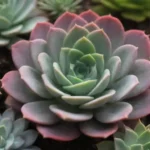 The Role of Succulents in Natural Healers’ Practices
The Role of Succulents in Natural Healers’ PracticesScientific Validation of Traditional Uses
Recent studies have corroborated many traditional claims regarding the therapeutic efficacy of succulent herbs. For instance, research has confirmed the anti-inflammatory and antioxidant properties of aloe vera and agave, aligning with historical uses to treat burns, wounds, and inflammatory conditions. Clinical trials are also being conducted to assess the effectiveness of these plants in pain management and digestive health.
This scientific validation fuels interest among health practitioners and the general public, inspiring the incorporation of these succulent herbs into modern wellness regimes. As more research emerges, the integration of traditional knowledge with contemporary science is expected to provide valuable insights into herbal medicine's future.
Therapeutic Formulations
As the popularity of succulent herbals grows, many companies are developing therapeutic formulations combining these plants with other natural ingredients. From herbal teas to skincare products, these formulations reflect a holistic approach to health. For example, aloe vera gel is often blended with essential oils in topical applications to enhance skin hydration and rejuvenation.
Furthermore, nutritional supplements featuring concentrated doses of succulent herbs are gaining the limelight, offering convenient ways to harness their benefits. The trend is empowered by scientific data advocating for beauty from within, focusing on gut health and overall wellness derived from plant-based nutrition.
Implications for Future Healthcare
The promising research findings and resurgence of interest signify potential implications for future healthcare paradigms. As more individuals seek natural alternatives for wellness, succulent herbals could pave the way for integrative approaches that encompass both traditional and modern medicinal practices.
Moreover, the global focus on sustainability encourages the cultivation of these plants, contributing to local economies and biodiversity. This movement pays homage to traditional practices while offering solutions that align with contemporary environmental values.
Conclusion
The captivating world of succulent herbals extends beyond their aesthetic appeal; they embody centuries of traditional healing wisdom intertwined with modern scientific inquiry. By unveiling the secrets surrounding these remarkable plants, we gain insight into their historical significance, therapeutic benefits, and modern applications.
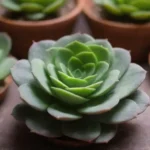 The Potential of Succulent Extracts in Modern Medicine
The Potential of Succulent Extracts in Modern MedicineAs we explore succulent herbs like aloe vera, agave, and sedum, we discover a rich legacy of healing practices adaptable to contemporary health needs. Their bioactive compounds—flavonoids, alkaloids, and glycosides—play pivotal roles in promoting well-being and addressing various health concerns.
Encouraged by scientific validations and innovative formulations, succulent herbals represent a viable option in the ever-evolving landscape of natural medicine. Their potential to nurture not only physical health but also emotional and spiritual well-being cannot be overlooked. As we move forward, the path to integrating these amazing plants into a balanced and health-conscious lifestyle is paved with the knowledge and traditions that have sustained humanity for generations.
In a world yearning for natural solutions, the depths of succulent herbals in traditional medicine stand to inspire new avenues for healing, fostering connections between people, nature, and health. The future of sustainability and wellness is indeed lush, rooted in the knowledge passed on through the ages, waiting to be rediscovered and cherished once more.
If you want to read more articles similar to Unveiling the Secrets of Succulent Herbals in Traditional Medicine, you can visit the Medicinal Uses category.



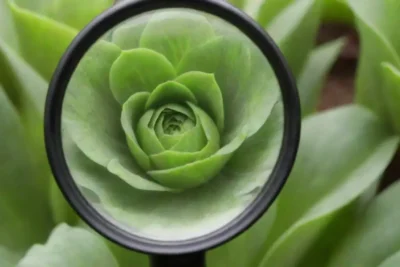
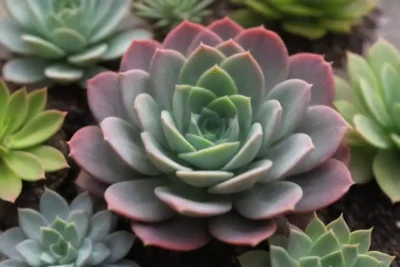
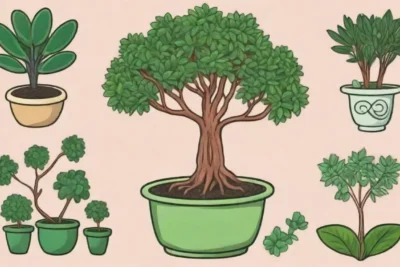
You Must Read